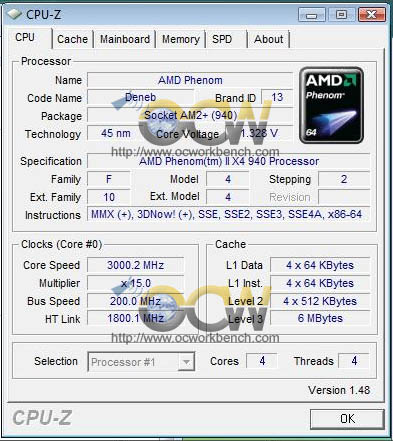We asked three top executives at Advanced Micro Devices to break out the crystal ball and share their prognosticative insights with us. The upshot: Sunnyvale, Calif.-based AMD is betting its unique one-two punch as a leading maker of both x86-based central processors and cutting-edge graphics processors will really start to resonate in the market, that virtualization will go mainstream, and that general-purpose GPU (GPGPU) computing will move sharply away from proprietary interfaces.
Dirk Meyer, president and CEO:
The industry is embarking on the visual computing era, and computing trends in 2009 will amplify the role of graphics in delivering the enhanced experiences users crave. The next wave of industry innovation will come from the fusion of computing and graphics technologies. As the only company in the world shipping both x86-based CPUs and leading-edge graphics, AMD is in a leadership position to deliver the best end-user experiences at home, work or play.
Nigel Dessau, chief marketing officer:
Virtualization will jump the chasm from large enterprise projects to the mainstream. In addition, we should expect customers to demand multiarchitecture or heterogeneous solutions that enable live migrations between PC suppliers, chip and operating system types. This is the year where we will all finally agree: the speed of the processor is no longer the most significant factor in defining the experience of the user.
Rick Bergman, senior vice president and general manager, graphics products group
A transition from proprietary to standard interfaces for GPGPU is ready to occur in 2009, as the first generation of proprietary APIs is quickly replaced by industry standard interfaces such as Havok, OpenCL and the compute shader features of DirectX 11. This will be a natural and much-needed evolution, allowing GPGPU acceleration to fully penetrate mainstream programming environments, and further unlocking the massive floating point computation of GPUs for processing general purpose applications from the desktop to the data center.
History has shown that proprietary programming interfaces are almost always replaced by freely distributed industry standards. This is because industry standards typically encourage greater and more widespread programmer productivity and innovation, while also enabling programmers to address the largest possible hardware installed base.
And with a DirectX 10.1 hardware install base well into the tens of millions, we also expect to see an uptick in games using that API, as more visually complex games and an increasingly competitive game software landscape create the need to unlock advanced AA techniques and additional "free" game performance.





